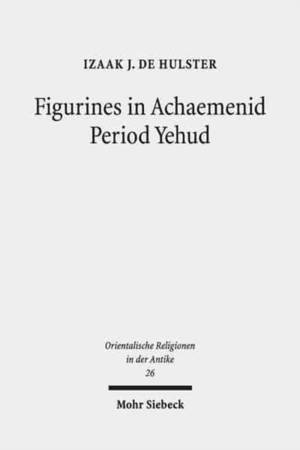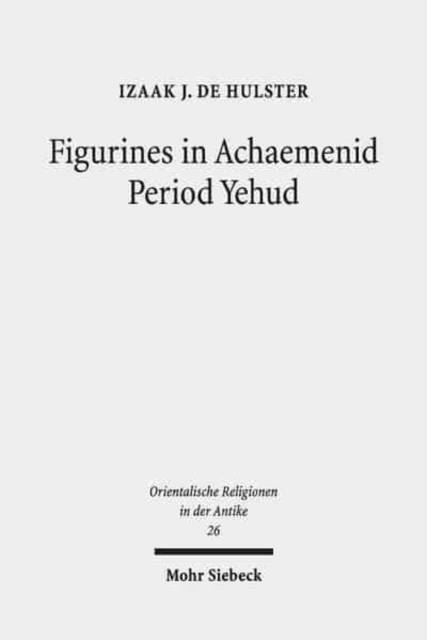
- Afhalen na 1 uur in een winkel met voorraad
- Gratis thuislevering in België vanaf € 30
- Ruim aanbod met 7 miljoen producten
- Afhalen na 1 uur in een winkel met voorraad
- Gratis thuislevering in België vanaf € 30
- Ruim aanbod met 7 miljoen producten
Zoeken
Figurines in Achaemenid Period Yehud
Jerusalem's History of Religion and Coroplastics in the Monotheism Debate
Izaak J de Hulster
€ 140,95
+ 281 punten
Omschrijving
Were there figurines in Yehud during the Achaemenid period, and in particular in Jerusalem? A positive answer to this question disproves the general consensus about the absence of figurines in Yehud, which is built on the assumption that the figurines excavated in Judah/Yehud are chronologically indicative for Iron Age II in this area (aside from a few typological exceptions). Ephraim Stern and others have taken this alleged absence of figurines as indicative of Jewish monotheism's rise. Izaak J. de Hulster refutes this `no figurines -> monotheism' paradigm by detailed study of the figurines from Yigal Shiloh's excavation in the 'City of David' (especially their contexts in Stratum 9), providing ample evidence for the presence of figurines in post-587/586 Jerusalem. The author further reflects on the paradigm's premises in archaeology, history, the history of religion, theology, and biblical studies, and particularly in coroplastics (figurine studies).
Specificaties
Betrokkenen
- Auteur(s):
- Uitgeverij:
Inhoud
- Aantal bladzijden:
- 225
- Taal:
- Engels
- Reeks:
- Reeksnummer:
- nr. 26
Eigenschappen
- Productcode (EAN):
- 9783161555503
- Verschijningsdatum:
- 1/12/2017
- Uitvoering:
- Hardcover
- Formaat:
- Genaaid
- Afmetingen:
- 173 mm x 241 mm
- Gewicht:
- 598 g

Alleen bij Standaard Boekhandel
+ 281 punten op je klantenkaart van Standaard Boekhandel
Beoordelingen
We publiceren alleen reviews die voldoen aan de voorwaarden voor reviews. Bekijk onze voorwaarden voor reviews.











